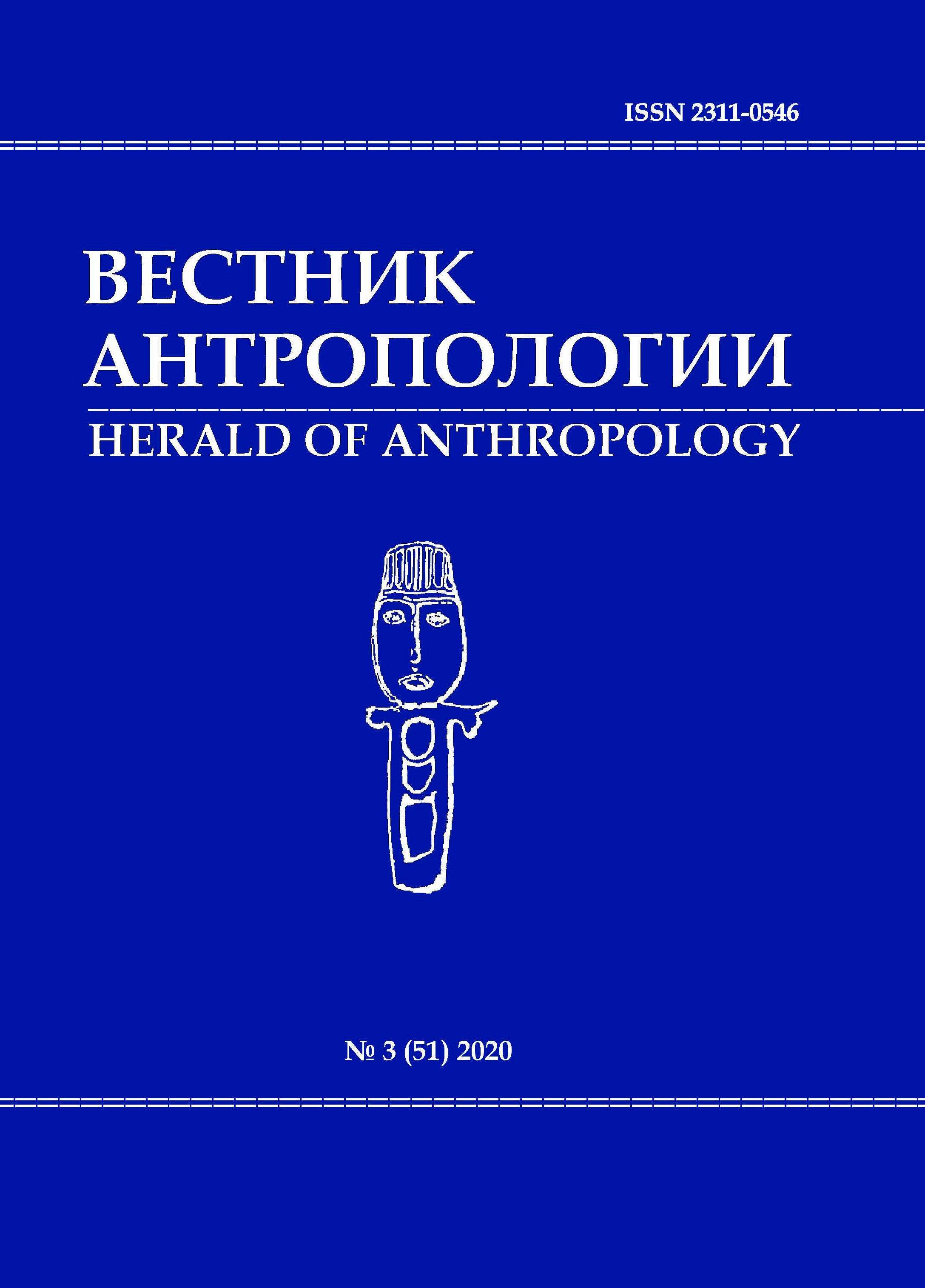Spiritual Healing in Afro-Cuban Religious Traditions
DOI: 10.33876/2311-0546/2020-51-3/92-107
Keywords:
Cuba, spiritualism, santeria, palo monte, Yoruba, healing, indigenous medicine, rituals, spiritsAbstract
The article is devoted to spiritual healing and therapeutic ceremonies of Afro-Cuban religious traditions. Particular attention is paid to the complex relationships of worshipers with spirits. In this regard, the circumstances and signs of spiritual chosenness, the connection between initiations and healing, as well as general ideas about the structure of being, which are the basis of Afro-Cuban healing, are examined. The article is based on the author's field reserach and literature on the topic.
References
- Alpizar, R. 2019. Diccionario Razonado del Léxico Congo en Cuba [Reasoned Dictionary of the Congo Lexicon in Cuba]. Maiombe.
- Bolívar Arostegui, N. 2001. Plantas medicinales y aromáticas [Medicinal and aromatic plants]. Revista Bimestre Cubana de la Sociedad Económica de Amigos del País [Bimonthly Cuban Magazine of the Economic Society of Friends of the Country] 15: 47–63.
- Bolívar Arostegui, N. 2017. Los Orishas en Cuba [The Orishas in Cuba]. La Habana: Institutio cubano del libro editorial José Martí.
- Bolívar Arostegui, N. 2018. La sabiduría de los oráculos: ifa, los caracoles y el coco [Wisdom Of The Oracle: Ifa, Snails and Coconut ]. La Habana: Editorial Jose Marti.
- Cabrera, L. 1984. La medicina popular de Cuba: Médicos de antaño, curanderos, santeros y paleros de hogaño [Cuban Indigenous Medicine: Doctors of the Past, Curanderos, Santeros and Paleros of the Present]. Miami: Colección del Chicherekú.
- Cabrera, L. 2018. El monte [Weald]. La Habana: Editorial Letras Cubanas, 2018.
- Canizares, R. 1999. Cuban Santeria. Walking With In The Night. Vermont: Destiny Books, Rochester, VT.
- Espírito Santo, D. 2015. Developing the Dead. Miami: University Press of Florida.
- Espírito Santo, D. 2019. The making of spirit bodies and death–perspectives in Afro–Cuban religion. In: Articulate Necrographies: Comparative Perspectives on the Voices and Silences of the Dead, edited by A. Panagiotopoulos and D. Espírito Santo, 85-105. Bloomington: Indiana University Press Indiana University Press.
- Gold, M. 2014. Healing Practices and Revolution in Socialist Cuba. Social Analysis 58 (2): 42–59.
- Lavretskii, I.R. 1967. Bogi v tropikakh [Gods in the Tropics]. Moscow: Nauka.
- Manichkin, N.A. 2020. Mama Fransiska: etnokul'turnaia pamiat' v kubinskom kul'te spiriticheskikh kukol [Mama Francisca: Ethnic-Cultural Memory in the Cuban Cult of Spiritual Dolls]. Etnograficheskoe obozrenie 1: 132–152.
- Moret, E.S. 2008. Afro–Cuban Religion, Ethnobotany and Healthcare in the Context of Global Political and Economic Change. Bulletin of Latin American Research 27 (3): 333 – 350.
- Ochoa, T.R. 2010. Society of the Dead: Quita Manaquita and Palo Praise in Cuba. Berkely, Los Angeles, London: University of California Press.
- Potterf, T. 2006. The Future of Health in Cuba. In: Cuba: In Transition? Pathways to Renewal, Long–Term Development and Global Reintegration, edited by A. Mauricio, 83–94. New York: Bildner Center for Western Hemisphere Studies, The Graduate Center, City University of New York.
- Thompson, R.F. 1984. Flash of the Spirit: African & Afro-American Art & Philosophy. New York: Vintage Books.
- Zamora, L. 2000. El culto de San Lázaro en Cuba [The cult of Saint Lazarus in Cuba]. La Habana: Fundacion Fernando Ortiz.





















